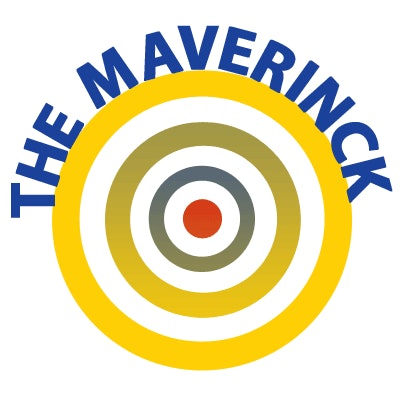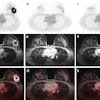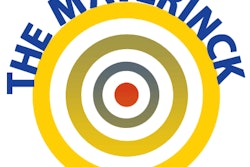
Nearly 30 years after it was pointed out for the first time at a scientific conference that linear gadolinium-based contrast agents could become unstable in vivo and release free gadolinium,1 the long-awaited assessment of the European Medicines Agency (EMA) on gadolinium-based MR contrast agents was published at the end of last week. Expected last November, it came on 10 March,2 and the outcome was slightly different than foreseen by scientists working in the field.
The decision was made and published only some days after one of the major pharmaceutical players in the gadolinium contrast agents market introduced a replacement of their disputed gadolinium contrast agent at ECR 2017 in Vienna. It is a generic that was originally developed and introduced in 1989 by a French company ... "Honi soit qui mal y pense -- A scoundrel, who thinks badly of it."
 Dr. Peter Rinck, PhD, is a professor of diagnostic imaging and the president of the Council of the Round Table Foundation (TRTF) and European Magnetic Resonance Forum (EMRF).
Dr. Peter Rinck, PhD, is a professor of diagnostic imaging and the president of the Council of the Round Table Foundation (TRTF) and European Magnetic Resonance Forum (EMRF).The better binding of the gadolinium ion to the transporting chelate was attacked, and this was thought to be a marketing trick by the competition. Well, it was not. Once again, the transience and volatility of sales and marketing promises became very clear -- and upsetting. It should be embarrassing to the manufacturer(s), but they can count on our fast-moving radiological consumer market. The slogans of yesteryear to divert attention away from the company leaders' fundamentally wrong assessments are rapidly forgotten by the radiological consumers.
It was clear that the misused and abused compounds with severe late adverse effects (nephrogenic systemic fibrosis, NSF) would have to be removed from the market; they were already tagged for withdrawal by the EMA in July 2010, described as "high risk." They included gadodiamide (Omniscan), gadopentetic acid (for instance, Magnevist, Magnegita, and Gado-MRT-ratiopharm), and gadoversetamide (Optimark).
Up to this point, the EMA recommendations are easy to understand. However, the handling of medium-risk compounds is difficult to fathom. Medium-risk compounds include gadofosveset (Vasovist, Ablavar), gadoxetic acid (Primovist, Eovist), and gadobenic acid (MultiHance), of which Vasovist is not on the market any more.
Gadobenic acid as well as gadoxetic acid are excreted by both the kidneys and the liver, although the percentage of liver excretion in far higher for gadoxetic acid. Still, gadobenic acid is the best enhancing contrast agent on the market. As far as I am aware, there were no direct cases of NSF with gadobenic acid, but there were a small number of "confounding" cases with combinations of gadodiamide. There is no scientific or statistically based reason to damn gadobenic acid and to promote gadoxetic acid for liver examinations.
The delay in the EMA's decision and the noncommittal verdict punishes all manufacturers, though some are given an unnecessary little piece of chocolate. It does not shed a complimentary light upon EMA. EMA's suspension, described as a "precautionary approach," is a balancing act, locking the stable door after the horse has bolted, and, at the same time, trying to keep all doors open by stating:
For those marketing authorizations recommended for suspension, the suspensions can be lifted if the respective companies provide evidence of new benefits in an identified patient group that outweigh its risks or show that their product (modified or not) does not release gadolinium significantly (dechelation) or lead to its retention in tissues.
As Paracelsus stated: "Solely the dose determines that a thing is not a poison." It stands to reason that if the radiologists using the compounds and the companies pushing off-label use at high dose would have adhered to the recommended dose, much misery could have been prevented.
Perhaps EMA or its predecessors should have made a more thorough and probing evaluation 30 years ago. Or were the authorities and the industry too closely related?
Dr. Peter Rinck, PhD, is a professor of diagnostic imaging and the president of the Council of the Round Table Foundation (TRTF) and European Magnetic Resonance Forum (EMRF).
References
- Rinck PA. Gadolinium -- will anybody learn from the debacle? Rinckside 2015;26(9):23-26.
- European Medicines Agency. PRAC concludes assessment of gadolinium agents used in body scans and recommends regulatory actions, including suspension for some marketing authorizations. 10 March 2017. http://www.ema.europa.eu/docs/en_GB/document_library/Press_release/2017/03/WC500223209.pdf
The comments and observations expressed herein do not necessarily reflect the opinions of AuntMinnieEurope.com, nor should they be construed as an endorsement or admonishment of any particular vendor, analyst, industry consultant, or consulting group.



















